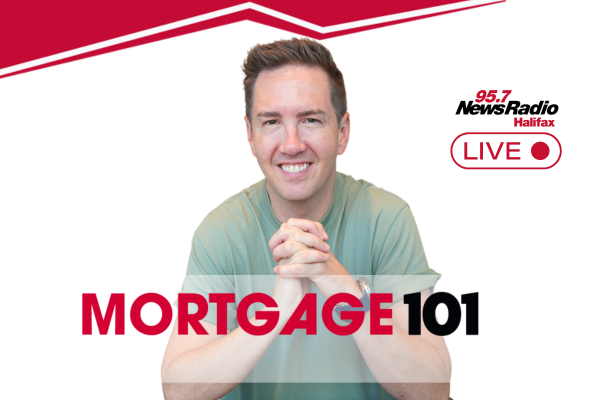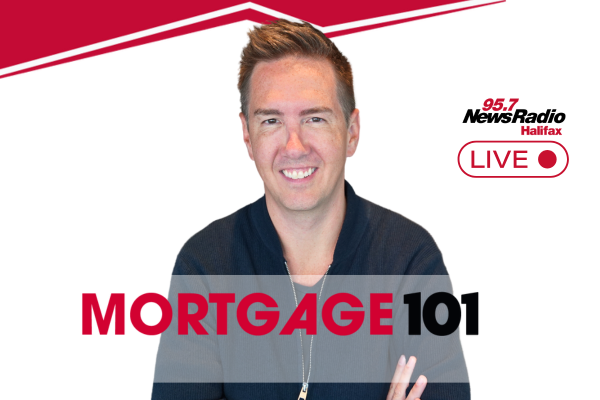Dan Ahlstrand and Clinton Wilkins are joined by Mario Cloutier of Manulife to discuss the importance of risk insurance for home additions, creditor insurance, and the importance of financial literacy.

RRSPs are the assets that keep on giving
You may be early on in your career, and starting to make some extra money for the first time. Saving for your retirement and making contributions to your RRSP may not be the first thing that comes to mind. RRSPs don’t quite have the same ring as that fancy new watch or computer, but it can be the asset that keeps on giving. We’ll talk a bit more about why this is a good option when you’re early on in your career. You can be sure that future you will thank you.
Tax benefits
Making regular contributions to your RRSP, and leaving them there, provide several tax benefits. When you file your taxes, your RRSP contributions help to reduce your taxable income which can sometimes result in a tax refund. For individuals on the edge of a higher tax bracket, this can be an effective way to reduce your overall tax contributions. There are a few caveats to this, though.
You need to make sure you know what your contribution room is. You can contribute 18 per cent of your earned income for the year, up to a maximum of $25,370 for 2019. If you haven’t contributed to your RRSP you may have additional contribution room as this number grows every year. Excess contributions are penalized so you need to be sure to talk this through with your financial advisor. Your contribution room is listed on your previous tax year Notice of Assessment (NOA).
Future planning
Along with the tax benefits, RRSPs can be a smart future planning tool. Earnings within your RRSP is not subject to additional taxes as long as you do not withdraw them. Setting up payments on a regular schedule is a great way to contribute and plan for your future. RRSPs can be a bit complicated, so you should discuss with your financial advisor what the right product is for you.
There are some instances where you can withdraw your RRSP investments on a tax-free basis. One of these includes The Lifelong Learning Plan (LLP), which allows you to help pay for education expenses. You can learn a bit more about this here. The other benefit of your RRSP is that it can help you when it’s time to purchase your first home.
First-time home buyers
There are provisions in place that can benefit first-time home buyers. The Home Buyers Plan (HBP) is a program developed by the federal government to help first-time home buyers finance the down payment on their first home purchase. You can withdraw up to $35,000 as a single-owner or $70,000 as a couple to use as the down payment on your purchase. This amount must be paid back to your RRSP within 15 years, starting in the second year. If you do not repay this amount, the balance is added to your taxable income. Money must be in your RRSP for a minimum of 90-days before it can be used for the HBP.
We believe your RRSP is one of those assets that keeps on giving and can help you when it comes time to purchase your first home. If you have any questions about down-payments, the HBP, or getting yourself on the road to homeownership, get in touch with us here!


